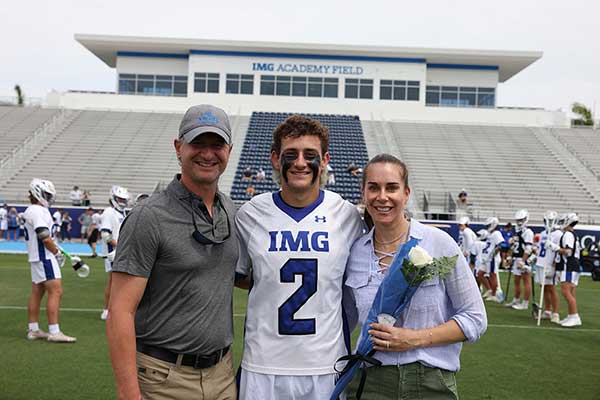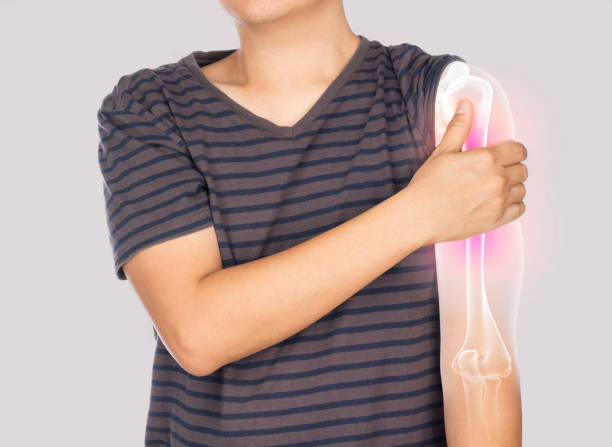Why does my wrist hurt?
Your wrist is hurting because of sprains and fractures caused by injuries. Fatigue and underlying health issues are also reasons your wrist may hurt.
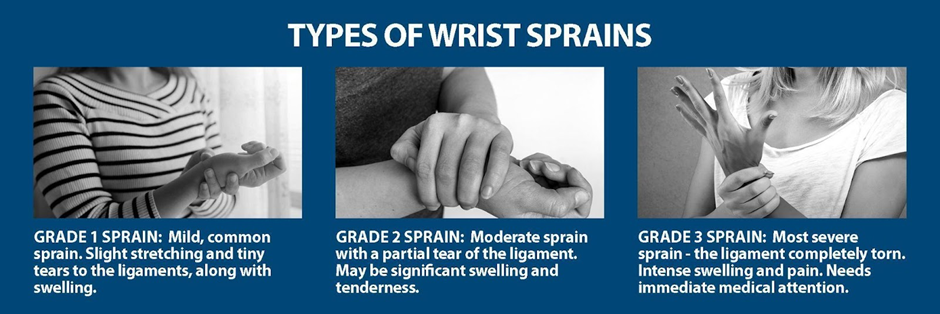
Wrist sprains and strains occur more often. In particular, the wrist sprain occurs due to torn wrist ligaments. Therefore, if your tendon or muscle is overstretched or strained, the resulting injury is a sprain.
Wrist sprains are graded in relation to their impact on the ligaments. Grande 1 wrist sprain is mild with ligaments stretched a little bit but not torn. Grade 2 wrist sprain is moderate with ligaments partially torn. This type of sprain may cause loss of function.
Finally, there is a grade 3 wrist sprain which is severe. With this grade of a wrist sprain, the ligament is stretched and pulled off of its original attachment to the bone. Also, the ligament is torn completely.
Grade 3 wrist sprain causes significant injuries that need medical care or surgical treatment. In extreme cases, the ligament may tear away from your bone, taking with it small chips of bone. When this happens, an avulsion fracture occurs.
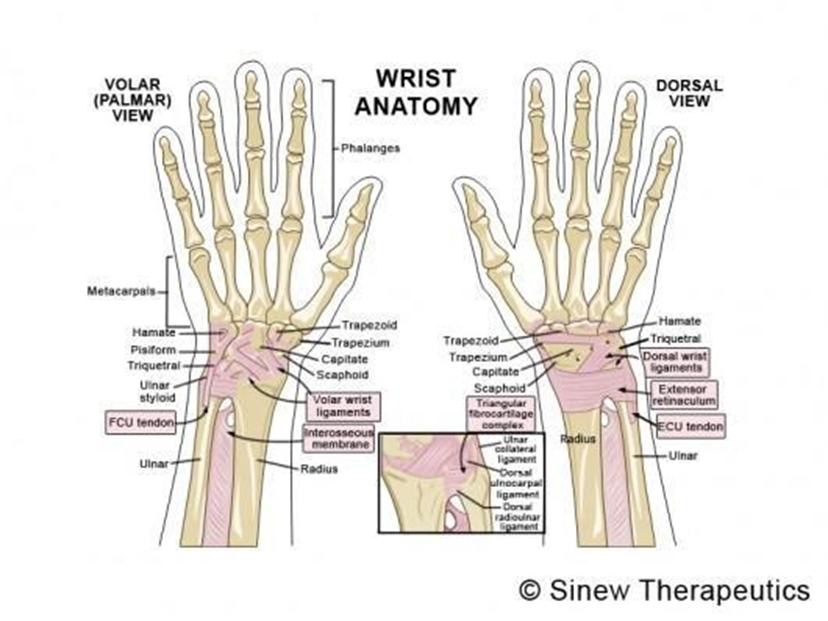
Typically, your wrists act as a connection between your forearm and your hand. The wrist is simply a big joint consisting of several small joints. These numerous small joints make your wrist flexible. They also allow you to move your hand in any direction.
The wrist comprises two large forearm bones and approximately eight small bones called carpals. In addition, the wrist has wrist ligaments and wrist tendons that act as connective tissues.
Ligaments connect two or more bones to each other. Tendons, on the other hand, form a connection between muscles and bones. Injuries or damage to your wrist tendon and wrist ligament may lead to severe cases of sprains.
If you suspect that you have a sprained wrist, reach out to Dr. Christopher R. Sforzo and Dr. Christopher L. Dillingham at Sforzo I Dillingham I Stewart Orthopedic + Sports Medicines. These two medical professionals are board-certified orthopedic surgeons and fellowship-trained in hand, arm, and wrist surgery.
The doctors provide expert medical care to treat injuries involving the elbow, shoulder, forearm, and wrist. They use minimally invasive techniques that include arthroscopic rotator cuff repair, arthroscopic elbow and wrist surgical procedures, and endoscopic carpal tunnel release.
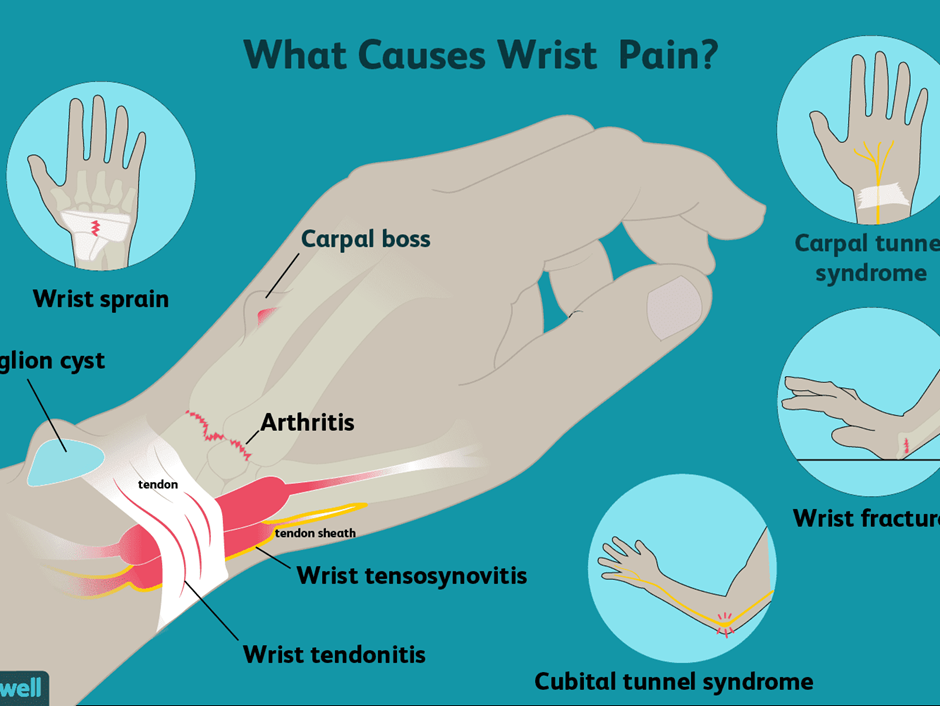
Several causes are linked to wrist sprains. Common among them are bending, twisting, or exerting more pressure on your wrist. Accidents by falling and playing sports can also contribute to a torn ligament in the wrist or a torn tendon in the wrist.
In rare cases, chronic repeated trauma on your wrist’s ligaments can lead to a sprained wrist. Individuals with loose-jointed are at a greater risk of developing sprains. Such people can take longer to recover fully than those who are not loose-jointed.
The following factors can lead to wrist ligament tear, dislocated wrist, or wrist tendon injury:

Sprained wrist symptoms are often associated with painful and swollen regions around the wrist. You may also notice some bruising on your wrist. Here are some additional signs of a sprained wrist to watch out for:
Symptoms associated with wrist sprains are very similar. They often include swelling, pain, stiffness, and limited range of motion. Even though these symptoms are mild, it is wise to consult a physician for proper diagnosis, treatment, and aftercare. Waiting for too long could worsen your wrist sprain condition.
Sports and strenuous activities involving repetitive use of your wrist are some of the top risk factors for a strained wrist. Apart from that, repetitive stress such as playing new musical instruments, crutch walking, and over-use of your wrist (in fitness activities like push-ups and press-ups) in the non-dominant arm can also be a serious risk factor for your wrist ligament injury.
Other known risk factors include:
Your doctor will perform different tests to rule out the possibility of other health conditions besides the wrist sprains. In this regard, the doctor will carry out the diagnosis by using an X-ray, Lab test, computerized tomography or CT scan, and magnetic resonance imaging (MRI).
Below is a brief explanation of each diagnosis process:
With diagnostic tests in place, your healthcare provider will be able to determine the severity and grade of your wrist tendon and ligament injury. A damaged ligament will appear torn and elongated or torn with some bones attached to it.
The main idea behind the treatment of wrist sprains is to restore function and reduce pain. In most cases, non-surgical treatment options are usually adequate. However, your caregiver may recommend surgery if the torn ligament on the wrist is severe and too complex for non-surgical treatments.
Bear in mind that if you don’t access adequate treatment for the traumatic tendon and ligament injuries, you may end up getting osteoarthritis of the wrist.
However, before you go for treatment, you must consider the following factors:
Once you have considered all the above factors, your physician will recommend either non-surgical treatment or surgical wrist sprain treatment.
1. Nonsurgical Treatment
Non-surgical treatment should be the best option for mild wrist sprains. Common techniques used to relieve pain in the sprained wrist are:
The PRICE (Protecting, Resting, Ice therapy, compressing the wrist, and Elevating the wrist) protocol, Wrist splint, Non-steroidal anti-inflammatory drugs (NSAIDs), Physical therapy, Return to work or play.
2. Surgical Treatment
If non-surgical treatment options don’t work, you may consider surgical procedures. Different surgeries that treat injured wrists are available together. Depending on the severity of your wrist injury, the surgeon may perform arthroscopic surgery through an open surgical procedure or a small incision.
More than one surgical procedure may be used during a single wrist sprain surgery. Some of these techniques consist of closed reduction and pinning, thermal shrinkage, capsulodesis, tenodisis, ligament reconstruction, proximal row corpectomy, arthroplasty, and arthrodesis.
Most wrist sprains are caused by sports activities, overexertion, and strenuous activities that entail repetitive motion of your wrists. These injuries are common in gymnasts, divers, basketball players, baseball players, skaters, skiers, inline skaters, and skateboarders, among others. A wrist sprain may also happen to you if you take a fall or get hit hard on your wrist. This condition usually heals quickly. With proper treatment and care, wrist sprains can take a few days or weeks to heal. Contact Sforzo | Dillingham | Stewart Orthopedics + Sports Medicine for more information about wrist sprains.
Your wrist is hurting because of sprains and fractures caused by injuries. Fatigue and underlying health issues are also reasons your wrist may hurt.
Wrist sprains take between two and ten weeks to heal. But the healing process depends on the severity of the injury and individual patients.
Yes! A sprained wrist can worsen if it is not dealt with properly at the initial stages of its occurrence.
A strain may show spasms in the affected wrist joint, while the sprain is characterized by bruising around the wrist joint.
As healthcare is ever changing, Sforzo | Dillingham | Stewart Orthopedics + Sports Medicine, is doing things differently…




